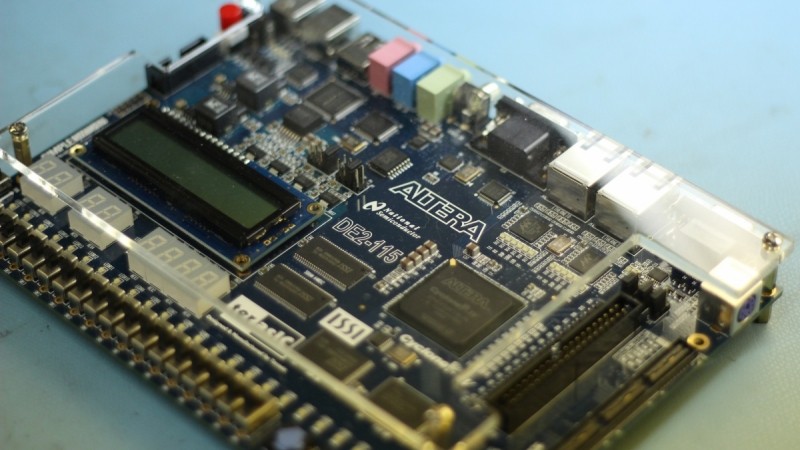Intel last year acquired FPGA-maker Altera for $16.7 billion in cash, the chipmaker's largest purchase in history. As it turns out, Microsoft played a key role in Intel's decision to make the purchase.
A recent feature from Wired explains how, in late 2012, engineers within Microsoft attempted to sell then-CEO Steve Ballmer on an idea called Project Catapult. Doug Burger explained that in the near future, the world's top Internet giants would be running web-based services so complex that they'd require a whole new architecture to run them.
Project Catapult, which would use field-programmable gate arrays (FPGAs), was Microsoft's answer to that as-yet-realized conundrum. FPGAs, which have been around for decades, are programmable chips that engineers only recently realized could be useful in accelerating online services as they can be programmed to perform a very specific job and be very efficient about it.
Ballmer reportedly wasn't buying it but little did he know, Burger and the team that runs Bing had already started work on it.
They'd have to go through three prototypes to finally find a solution that also worked for Microsoft's other massive online services - Office 365 and Azure. Programming at the hardware level is a "nightmare," according to former Microsoft Principal Researcher Jim Larus but in the end, it proves to be worth the hassle as Catapult hardware costs less than 30 percent of everything else in a server, consumes less than 10 percent of the power and processes data twice as fast as would be possible without it.
Microsoft's FPGAs come from Altera, the company Intel purchased last year. In fact, Microsoft is the reason Intel bought Altera but not the only reason. According to Intel executive vice president Diane Bryant, a third of all servers used by major cloud providers will utilize FPGAs by 2020.
